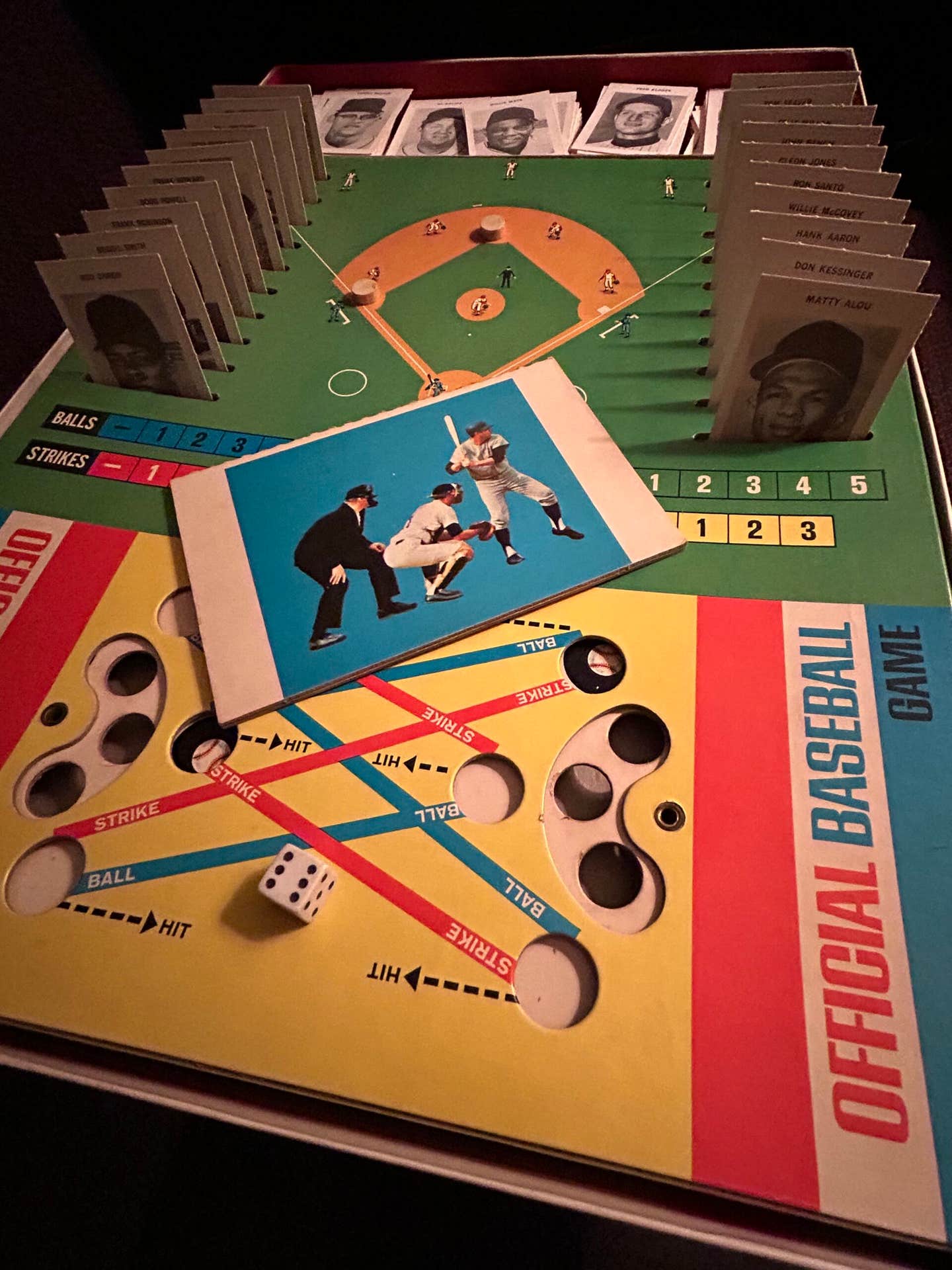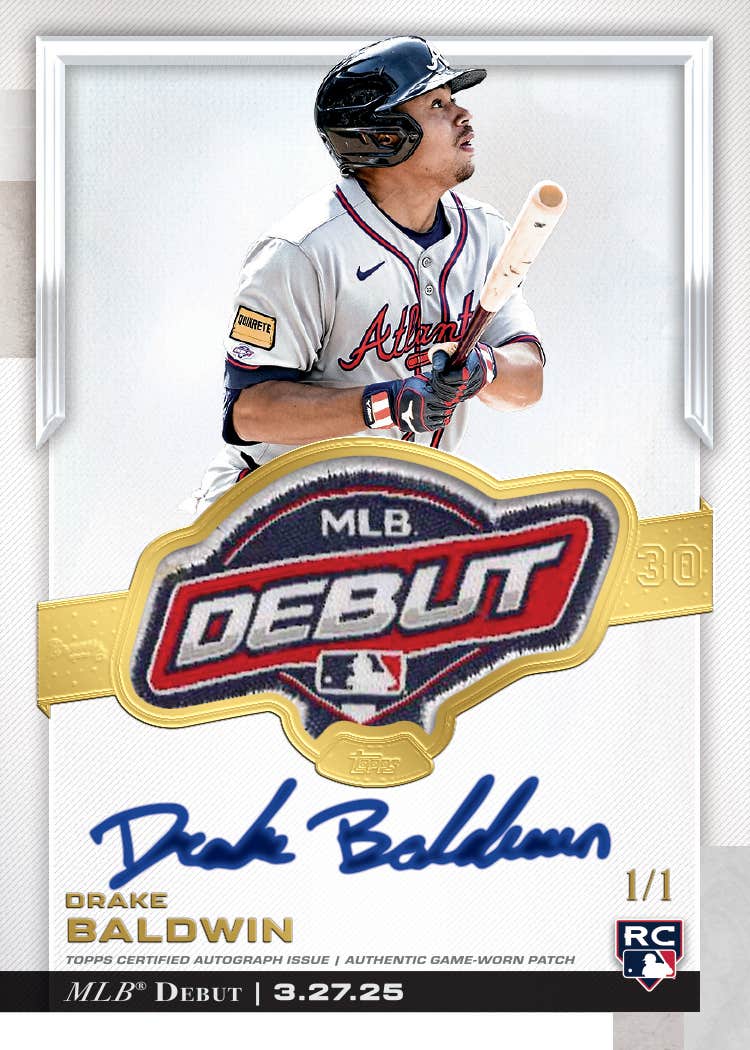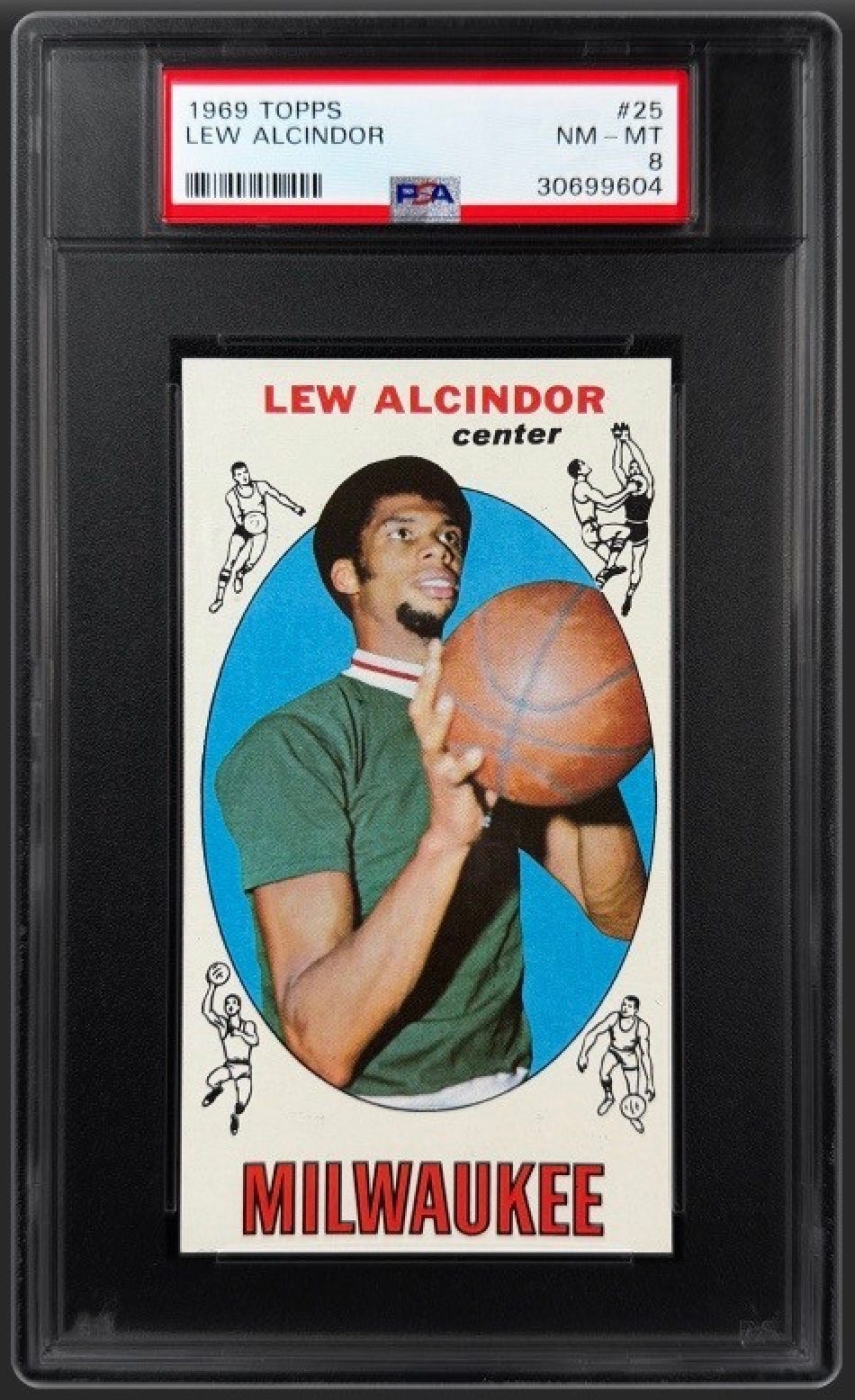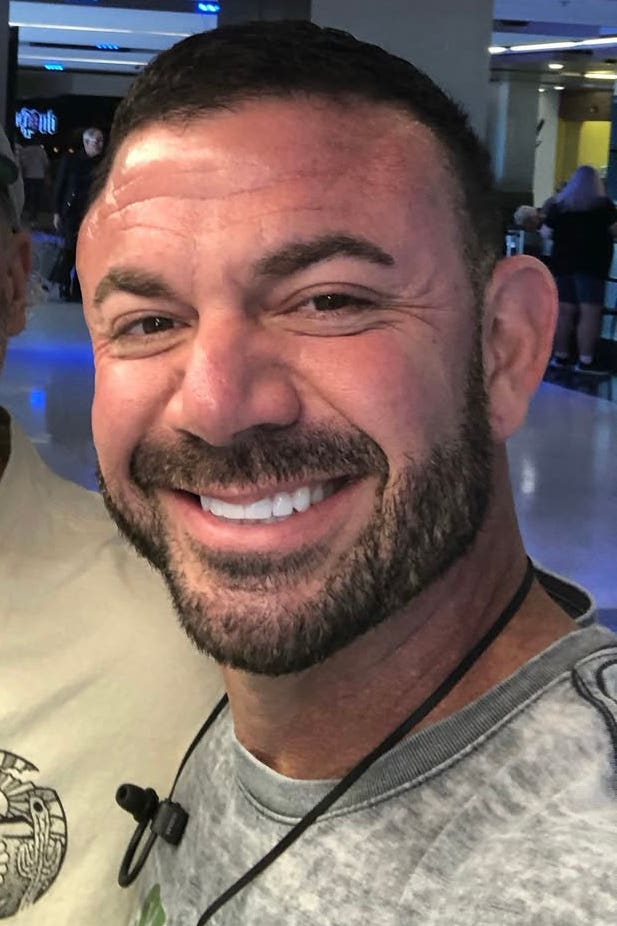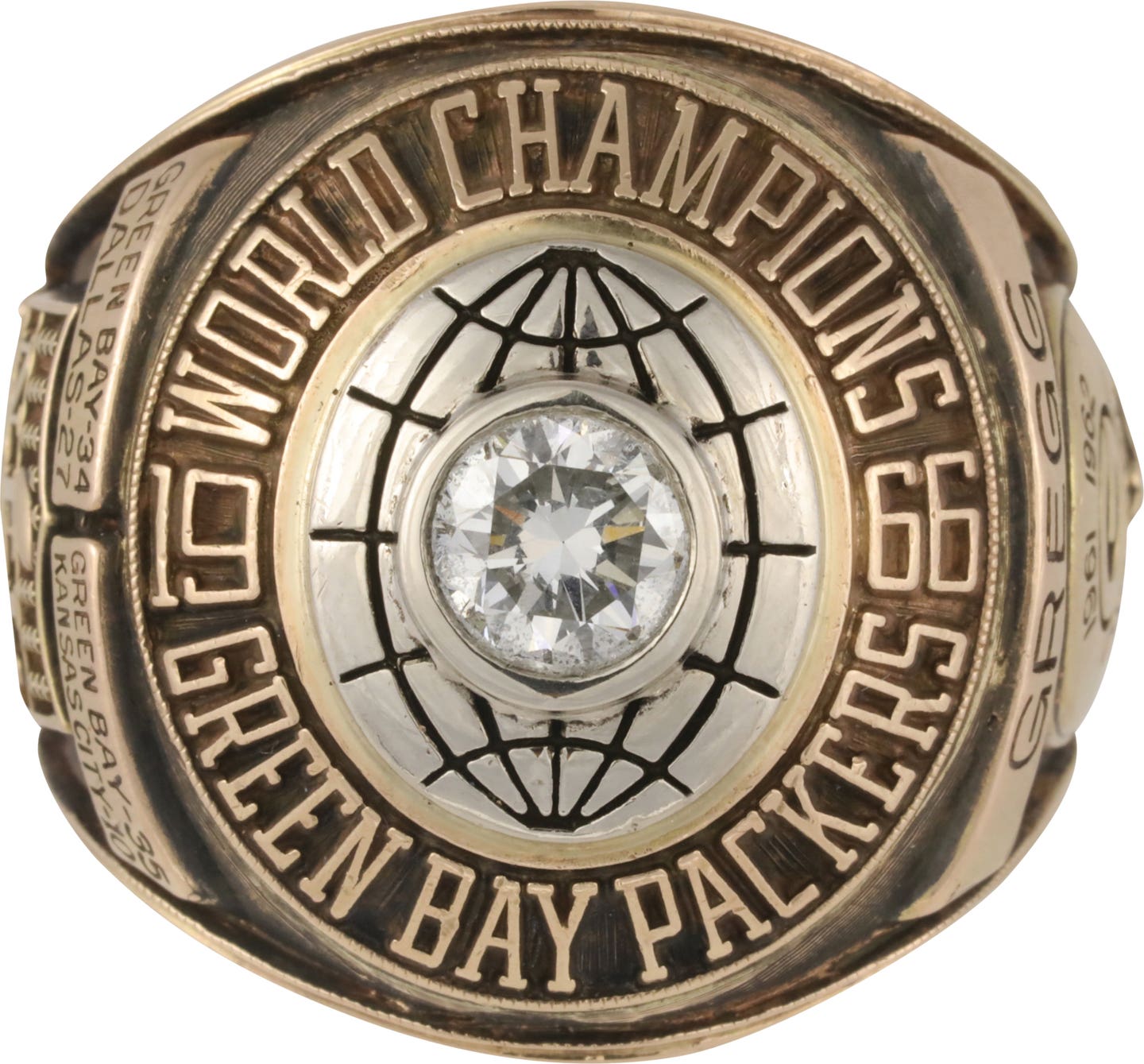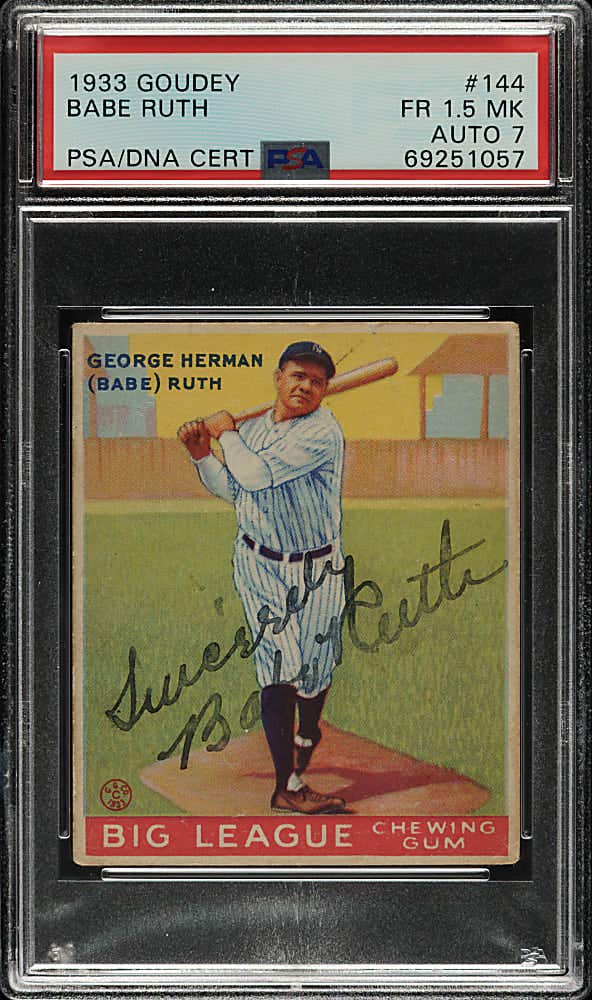Cards
Give it Up for the Old Guys
It’s funny, in the years we were growing up, our favorite athletes seemed like they were older than the hills, didn’t they?
For example, I remember looking at a card of Gaylord Perry in the first baseball set I collected, 1969 Topps. To my little-leaguer eyes, he looked like a truly ancient dude. Heck, he looked almost as old as some of the managers whose lined faces appeared on other cards that year – guys like Ted Williams and Walter Alston.
But when he posed for the photo on that ’69 Topps, Perry was a mere pup of 30. And he would go on to pitch for 14 more seasons, loading up that dancing spitball until he was 44. He finished with 314 wins – 50 of them coming after he turned 40.
Ballplayers like Perry may have looked “old” to us as kids, but things changed rapidly. It wasn’t long before we began realizing that we’re catching up in age to the best athletes. We started paying attention not only to players’ stats on the backs of their cards, but their “DOB” – date of birth – as well. And in the blink of an eye … bam! Major-leaguers suddenly seem like kids, and our earliest heroes have pretty much all retired.
Maybe that’s why it’s so natural to root for players who in their 40s. While most athletes hang ’em up in their mid-30s, it’s not uncommon to see them push into their 40s. The reflexes are never as sharp and the performance numbers might be down, but sheer guile can give them an edge.
Baseball, more so than football, basketball or hockey, has produced the best examples of 40-something guys. In fact, more than 70 Hall of Famers had careers that extended into their 40s. And that doesn’t count Negro League players, whose stats and DOB records aren’t always accurate or available.
If you dig into the first half of the 20th century, you’ll see all kinds of legends who (as Bob Dylan said) kept on keepin’ on. Babe Ruth retired at 40; Ty Cobb, Rogers Hornsby and Ted Williams at 41; Stan Musial at 42; Honus Wagner at 43; Cy Young at 44; Satchel Paige at 45 (although he came back and pitched again at age 58, throwing three scoreless innings for the Kansas City Athletics in 1965).
Those are all top-of-the-line Hall of Famers who played until they couldn’t any more. (Now there’s a line Yogi Berra would love!) They’re also hobby headliners as in, their autographs and/or game-worn memorabilia make headlines when they come up for sale.
As for the second half of the 20th century, we had a steady stream of stars who kept plugging away into their 40s. Willie Mays had noticeably slowed down at the end, but he played until he was 42, as did two other sluggers who gave pitchers the “willies,” McCovey and Stargell. Hank Aaron, too, was still at it at 42, having returned to Milwaukee to serve as the designated hitter for a couple of seasons. Carl Yastrzemski and Dave Winfield retired at 43, as did Steve Carlton, Dennis Eckersley and Don Sutton. Still playing at age 44 were Warren Spahn, Tony Perez, and Rickey Henderson.
And then there are my Top 5 “Golden Oldies.” These guys are royalty among baseball’s all-time senior citizens:
1.) Hoyt Wilhelm got a late start in the majors – he was 29 when he finally won a promotion from the minors in 1952 – but he made up for it on the back end. The knuckleball specialist played until he was 49, saving 227 games and winning 143. He wasn’t just a hanger-on, either. In 1970, at age 47, he led the Braves with 13 saves and also won six games. A year later, he helped the Dodgers down the stretch with a 1.02 ERA in 18 innings. And early in the 1972 season, he notched his final save at age 49.
2.) Phil Niekro was another legendary knuckleballer who also was pushing 50 when he finally retired. He ended up winning 318 games, with 135 of them coming after he turned 40. His fluttering knuckler helped him to some outstanding seasons in those later years. He was 21-20 in 1979 at age 40; 17-4 at age 43; and 11-10 at age 44. He then signed with the Yankees and during his two seasons there, at ages 45 and 46, he posted 16-8 and 16-12 records. He retired at age 48.
3.) Nolan Ryan pitched – and pitched effectively – well into his 40s. Who can forget his 301-strikeout season in 1989, when he was 42? Or his no-hitter at age 44 in 1991? Ryan finally called it quits at 46, having logged a record 5,714 strikeouts. He also compiled 324 wins, with 71 of them coming in his 40s.
4. Carlton Fisk played from 1969 through 1993, when he retired at age 45. In his last two seasons, he was a backup catcher and designated hitter, but between the ages of 41 and 43, he averaged 104 games per season behind the plate, and hit 49 homers in that span. The irony is that Boston let him become a free agent in 1982, figuring he was an aging catcher at age 32. Who knew he’d play 13 more seasons, hitting 214 of his career 376 homers along the way?
5.) Pete Rose may never get into the Hall, but his numbers are plenty deserving. While his stats after the age of 41 weren’t very Rose-like, he did continue hustling as a player/manager until he turned 45, and, of course, set baseball’s all-time record for hits with 4,256.
Among recent retirees, let’s not forget Randy Johnson. The “Big Unit” retired at 45 after the 2009 season with 303 wins and is a lock for the Hall of Fame.
How about Jamie Moyer? He won nine tames for the Phils in 2010 at age 47 and has a career record of 267-204. He’s sort of a latter-day Tommy John (288-231 record in 26 seasons, up until he was 46) or Jim Kaat (283-237 in 25 seasons, up until age 44).
Then there’s my favorite among the 40-somethings – the underrated Julio Franco. He played until the age of 48 – a very, very young 48 – and finished with a career .298 average.
I met him at spring training in 2005 in search of quotes for a book project. At the time, Franco was 46, and I remember thinking, “This is probably the last time I’ll ever interview a major leaguer who’s older than I am.” As I said earlier, they all look like kids now.
Larry Canale can be reached at larrycanale@comcast.net.



